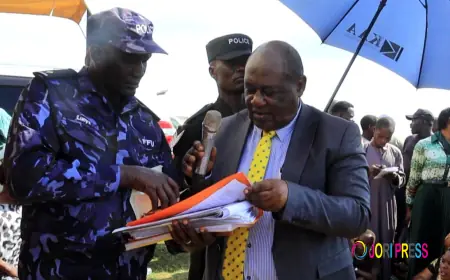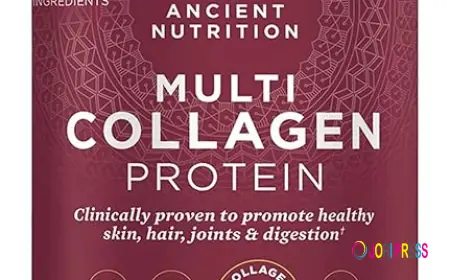NAGRC’s new super goat breed set to turn Uganda into major exporter


After years of painstaking genetic development, the National Animal Genetic Resources Centre and Data Bank (NAGRC&DB) has made a major breakthrough with the Kasolwe brown goat breed. It is set to be a game-changer in domestic farming, writes David Lumu.
In trying to meet the demand for meat and milk from goats, farmers have been making attempts to import breeding stock from countries such as South Africa, the UK and Switzerland at exorbitant prices, on top of using the exotics to cross with the indigenous breeds with the hope that the indigenous breeds’ productivity would improve through the crossbreds.
However, the impact of these crossbreeding programs on the livelihoods of smallholder farmers and the profitability of large-scale goat farmers has been very limited. This is because the crossbreds require a stringent management regime that is beyond the affordability of the smallholder farmers.
For large-scale commercial farmers, the high management costs of the crossbreds erode potential profits. In fact, gross margin analysis studies conducted by scientists at NAGRC&DB revealed that the economic benefits from crossbreeding are not significantly different from the benefits achieved when farmers choose to do straight breeding among the indigenous goat breeds.
The new breed developed at and named after Kasolwe stock farm in Kamuli district was undertaken by NAGRC&DB scientists alongside private goat breeders and custodians in Kamuli and Buyende districts through the dispersed nucleus breeding scheme.
Through several years of systematic selective breeding and conventional improvement methods among the indigenous goats of Uganda at the Kasolwe animal genetic resource centre, NAGRC&DB has come up with a foundation stock of more than 500 goats that are able to breed true to type based on phenotypic adaptive and production traits.
The Kasolwe goat breed is highly competitive on account of its ability to multiply very fast given its excellent twinning rates, enhanced growth rate (up to 127g/day), high weaning percentages, and its resilience to common diseases such as Haemonchosis and Heart Water that commonly affect goats in Uganda.
Its ability to thrive in marginal production environments, while remaining highly prolific, is what makes it a super breed of choice for smallholder farmers in Uganda and other parts of sub-Saharan Africa.
This goat product is a result of isolation, selection, and breeding of Uganda’s indigenous goats with a particular interest in specific traits and is characterized by several special features that include a shiny dark brown hair coat (resilient to both endo and ecto parasites), black mane running from the face to the tail along the spine as well as sturdy, stout limbs suited for movement in challenging terrain.
Other attributes include a large udder size able to breastfeed and sustain twins and triplets without supplementation, horns that vary from being straight (in females and young males) to curved (in adult males) and an average daily weight gain of up to 127 grams.
At maturity, a female Kasolwe brown goat breed weighs up to 65kg while males can grow up to 75kg. NAGRC scientists have so far conducted comparative analyses between the Kasolwe goat and other breeds available in Uganda, including the Savanah, Boer, Mubende, Kigezi, and Kalahari.
The findings revealed that the Kasolwe goat performs remarkably well in most productivity parameters, especially, twinning ability, disease resistance, weaning percentage and adaptability to diverse agro-ecological zones. Dr Katali Benda, the head of the goat breeding program at NAGRC, says the program is steadily building a national resource of immense value to farmers and the livestock industry.
“The Kasolwe goat is just one of the many locally developed goat breeds in the pipeline, poised to support the sustainable commercialisation of goat farming in Uganda,” he says.
With this breakthrough, it remains to be seen how NAGRC&DB will spread out the goats to farmers, especially those under government programmes such as Parish Development Model (PDM) and Emyooga but Dr Peter Beine, the NAGRC&DB executive director, says that with adequate support, Uganda will become the major exporter of goat genetic resources in sub-Saharan Africa.
What's Your Reaction?
 Like
0
Like
0
 Dislike
0
Dislike
0
 Love
0
Love
0
 Funny
0
Funny
0
 Angry
0
Angry
0
 Sad
0
Sad
0
 Wow
0
Wow
0























































